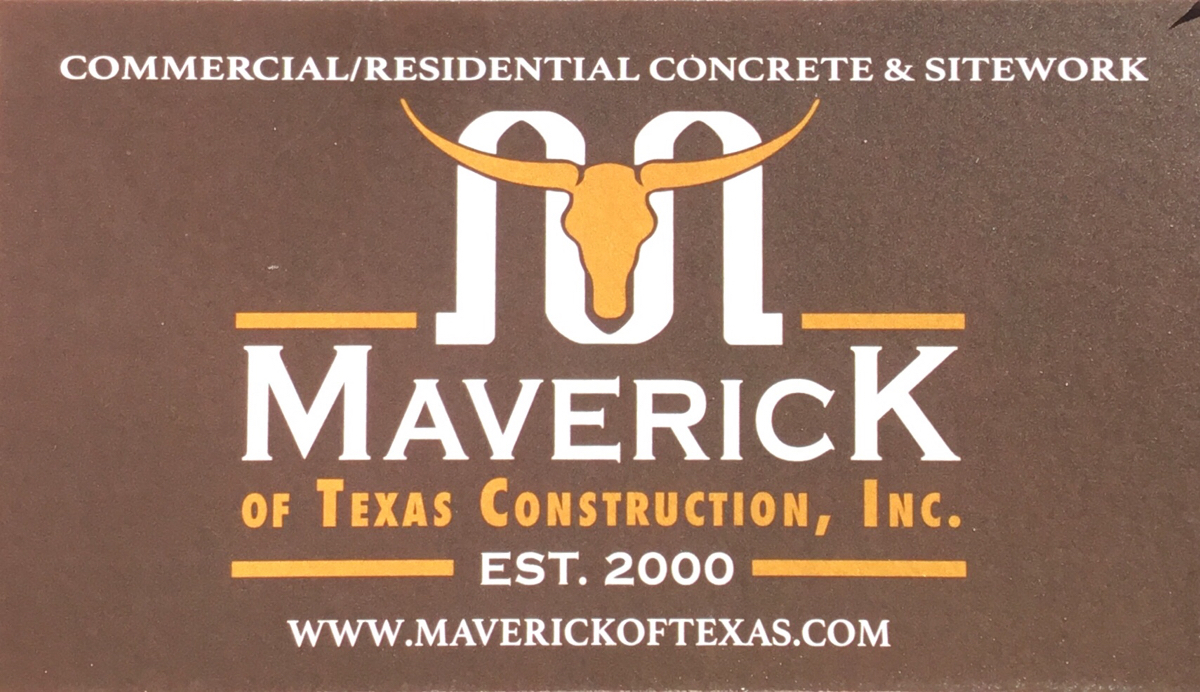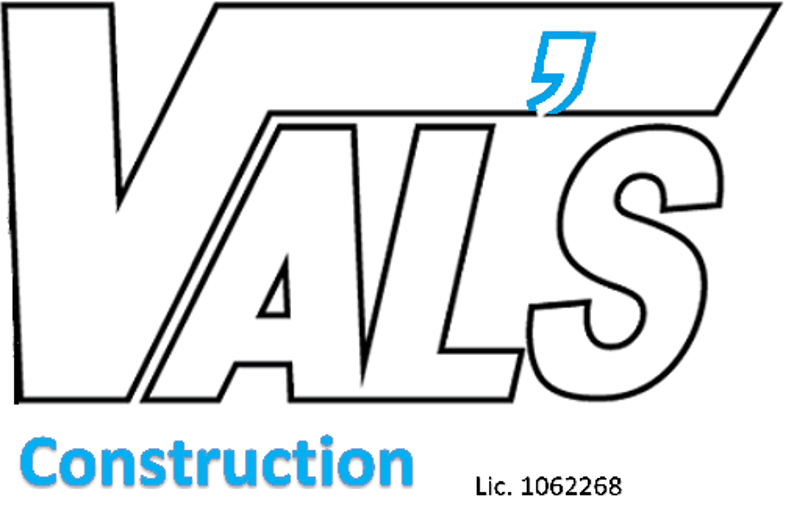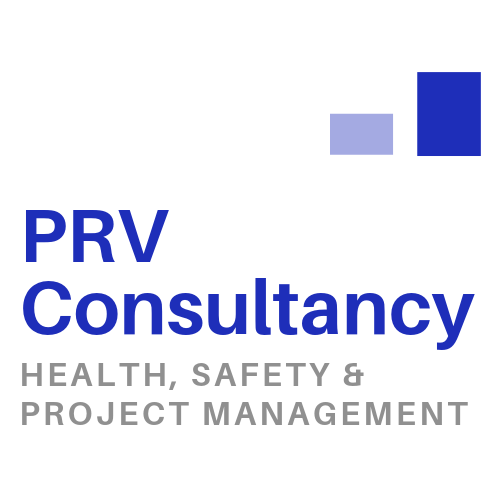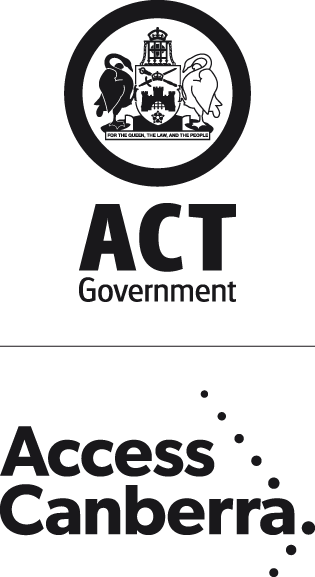Information
-
SAFE Member Company
-
Site Name / Location
-
Document No.
-
Prepared by Rob Murray
-
Conducted on
-
Site Manager
1. General Administration
-
1.1. Lack of/or inadequate, induction for workers, contractors, visitors?
-
1.2. Lack of/or inadequate display of F10 / insurance / HSL Notice?
-
1.3. Lack of/or inadequate, supervisory arrangements?
-
1.4. Lack of/or inadequate Site Safety Plan?
-
1.5. Lack of/or inadequate Risk Assessments/Method Statements for high-risk work?
-
1.6. Lack of/or inadequate training, skills and experience?
-
1.7. Lack of/or inadequate incident/incident notification procedures?
-
1.8. Lack of, or inadequate, routine inspections, monitoring, audits?
-
1.9. Lack of/or inadequate consultative arrangements, i.e. toolbox talks?
2. Welfare / Fire Management / First Aid
-
2.1. Lack of/or welfare facilities? (toilets, wash areas, canteen, drying room, etc)
-
2.2. Sufficient lighting?
-
2.3. Sufficient housekeeping?
-
2.4. Lack of, or inadequate first aid kits aid equipment for site?
-
2.5. Sufficient access to formally trained First Aiders for all shifts?
-
2.6. Sufficient fire assessment / plan?
-
2.7. Sufficient fire extinguishing equipment (in date)?
-
2.8. Sufficient means of raising the alarm (occupied building)?
-
2.9. Sufficient means of raising the alarm in occupied building?
3. Emergency Response
-
3.1. Lack of/no emergency plans for site?
-
3.2. Emergency procedures not displayed at site?
-
3.3. Site address / details prominently displayed?
-
3.4. Adequate training and rehearsal of emergency plans?
4. Traffic Management
-
4.1. Lack of, or inadequate, Traffic Management Plan (TMP) in place?
-
4.2. Inadequate controls for TMP? (physical barriers, bollards, speed limits, flashing lights, spotters, etc)
-
4.3. Lack of, or inadequate noise/ vibration control?
5. Working at Heights
-
5.1. Fall risks? (including voids, pits, and trenches)
-
5.2. Lack of edge protection?
-
5.3. Unsafe or incomplete edge protection?
6. Scaffolds / Alloy Towers
-
6.1. Untrained persons erecting/altering/dismantling scaffold?
-
6.2. Unsafe or incomplete scaffold?
-
6.3. Lack of current inspection for scaffold?
-
6.4. Safe Work Load (SWL) exceeded? (tools, stored materials, number of persons)
-
6.5. Appropriate design for complex scaffolds?
-
6.6. Appropriate pull-tie tests in place?
7. Ladders / Stepladders
-
7.1. Unsafe or damaged ladders? (Rungs, stiles, locking bars, etc)
-
7.2. Unsafe positioning of ladders?
-
7.3. Ladder properly secured?
-
7.4. Ladder at correct angle 75° (1 in 4)?
-
7.5. Ladder footed on appropriate ground / surface? (i.e plywood on floor grates)
-
7.6. Ladder unsuitable for job? (e.g. metal ladder used for electrical work or platform could be used)
8. Harness and Equipment
-
8.1. Unsafe or damaged harness / equipment?
-
8.2. Correct anchor points?
-
8.3. Correct restraint lanyard / inertia reel?
-
8.4. Lack of inspection for equipment?
-
8.5. Lack of or inadequate formal training for operators?
9. Plant and Equipment
-
9.1. Unsafe or damaged plant/equipment? (Guards, seatbelts, etc.)
-
9.2. Correct plant /equipment for job?
-
9.3. Extraction equipment / water dust suppression?
-
9.4. Quick-hitch locking pin in place?
-
9.5. Untrained operators?
-
9.6. Lack of inspections?
10. Lifting Equipment
-
10.1. Unsafe or damaged plant, lifting equipment, including ropes, slings, chains, hooks?
-
10.2. Lack of maintenance, testing and inspection records?
-
10.3. Lack of SWL information displayed?
-
10.4. SWL of plant or any lifting equipment exceeded?
-
10.5. Crane lift plan in place? (Hire or contract lift)
-
10.6. Untrained operators / slinger / signaller?
7. Hazardous Manual Tasks
-
7.1. Lack of identification hazardous manual tasks?
-
7.2. Lack of assessment of hazardous manual tasks?
-
7.3. Inadequate risk controls? (examples: no job rotation, lighter loads, trolleys, lifting equipment, etc)
-
7.4. Lack of training in risk controls and safe lifting/ team lifting techniques?
8. Hazardous Chemical (including fuel and oil)
-
8.1. Unsafe storage location? (e.g. flammables near ignition sources, spills could enter stormwater drains, etc)
-
8.2. Incompatible chemicals stored near each other?
-
8.3. Inadequate spill containment equipment?
-
8.4. Safety Data Sheets not accessible on site?
-
8.5. Lack of emergency procedures for injury/spills/fire etc?
-
8.6. Excessive quantities stored on site or in vehicles?
-
8.7. Insufficient ventilation?
-
8.8. Insufficient, or incorrect, PPE?
-
8.9. Unsuitable storage containers? (unlabeled or stored in food containers)
11. Personal Protective Equipment (PPE)
-
11.1. Lack of, or inadequate PPE (including sun protection)
-
11.2. Lack of system to issue, inspect, replace and monitor PPE?
-
11.3. Lack of training in safe use, clean-up and inspection of PPE?
13. Electrical Hazards
-
13.1. Unsafe electrical leads? (damaged, out of test date or untested)
-
13.2. Lack of RCD protection?
-
13.3. Contact with underground assets?
-
13.4. Contact with overhead electrical lines?
-
13.5. Overloading outlets?
-
13.6. Leads placed on ground or on metal structures?
-
13.7. Electrical equipment near water?
-
13.8. Electrical equipment near flammables?
-
13.9. Electrical equipment near chemicals that could cause damage?
-
13.10. Electrical leads that may be damaged from contact with moving machinery parts?
-
13.11. Electrical leads on work surfaces?
-
13.12. Lack of Lock-out/tag-out (LOTO) procedures for electrical equipment?
14. Environmental Hazards
-
14.1. Lack of/or inadequate Environmental Management plan (EMP)?
-
14.2. Lack of/or inadequate, dust suppression system?
-
14.3. Lack of/or inadequate systems to prevent contaminants entering stormwater drains?
-
14.4. Lack of water re-use systems?
Corrective Actions
-
Enter any corrective actions that will be undertaken
Sign Off
-
On site representative
-
Auditor's signature















